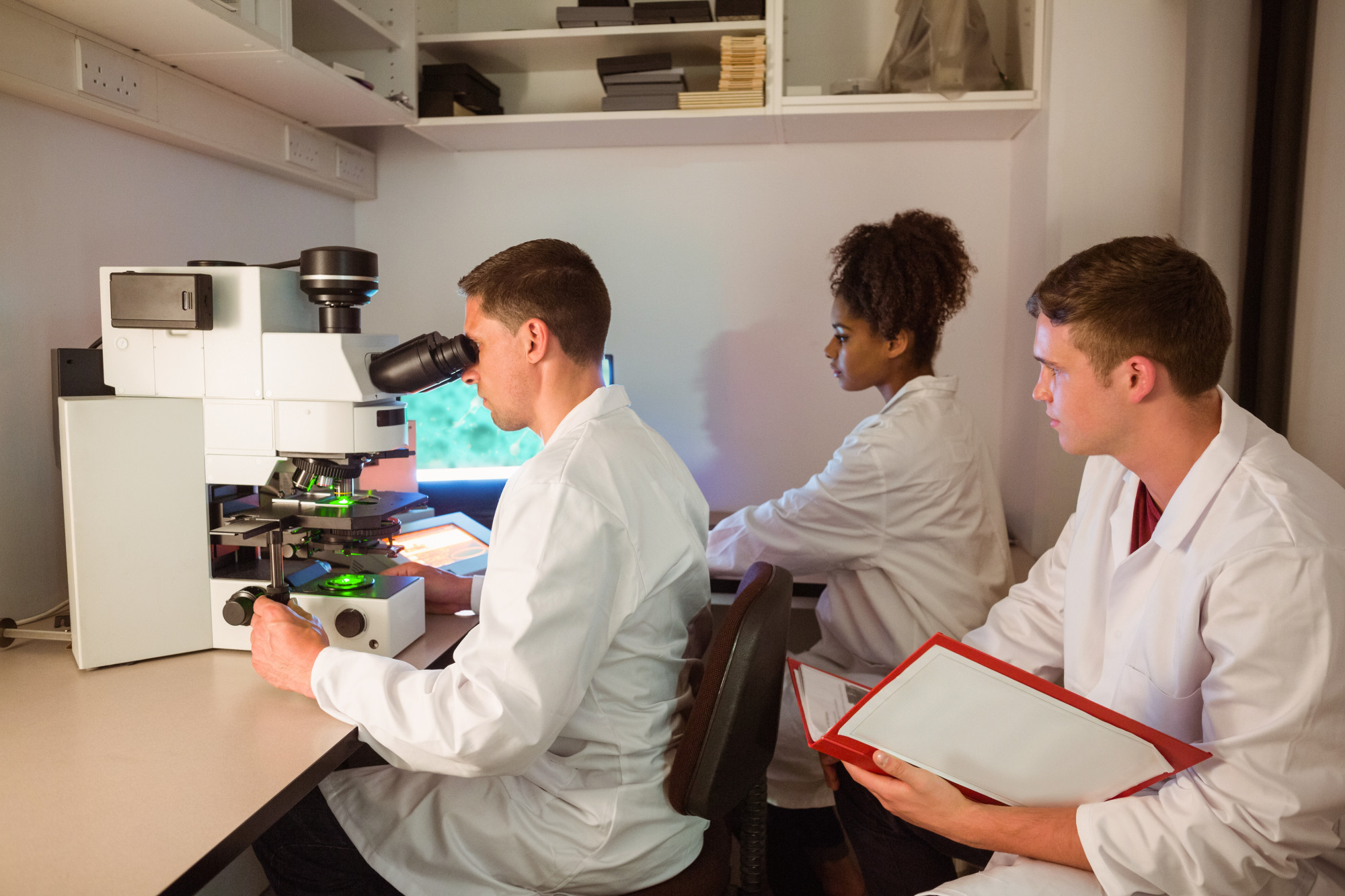Here are some of the techniques:
1. Particle Sizing By Laser Diffraction
In recent times, laser diffraction has become one of the most commonly utilized particle sizing methods, primarily for particles falling in the range of 0.5 to 1000 microns. It operates on the principle that when a beam of light (a laser) is dispersed by a group of particles, the angle of light scattering is inversely proportional to the size of the particle, which means the tinier the size of the particle, the larger the angle of light scattering.
Particle Sizing by Laser diffraction has evolved and become way too popular because it can pertain to many distinct sample categories, which include suspensions, emulsions, dry powders, and even aerosols. It is also a very quick, credible, and reproducible method that can truly measure over a very broad range of sizes.
2. Dynamic Light Scattering
Dynamic light scattering, also known as DLS, is a non-invasive and sensitive method to calculate the size of particles in suspension and molecules that are smaller than a micron in a solution. At the time of DLS, a laser is shot with the help of a polarizer & into a sample material, and the light is scattered in every direction.
This scattered light reaches another polarizer, where it is obtained by a photomultiplier, and then the resulting image is displayed on a big screen; this is known as a speckle pattern. This procedure is enacted again & again, and the set of speckle patterns generated are evaluated by an auto-correlator that correlates the intensity of the light of each spot over time. After that, Fluctuating mathematical approaches are utilized to determine the auto-correlation information.
3. Acoustic Spectroscopy
Acoustic Spectroscopy utilizes ultrasound to obtain data on the particles dispersed in a fluid. Then the dispersed particles absorb and scatter sound waves, identical to the light. This method scales the ultrasound frequency vs attenuation coefficient. This gives raw data that can be utilized to evaluate the particle size distribution of any component that is in a fluid system.



